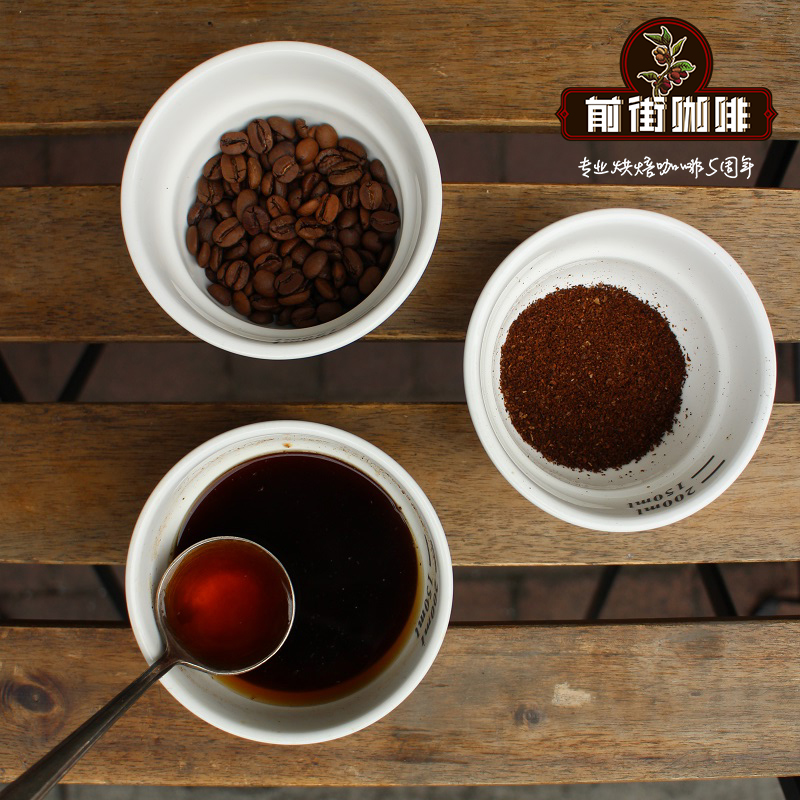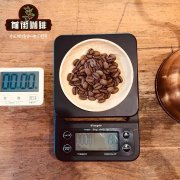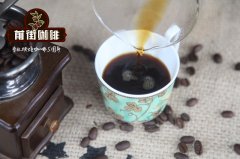Harald Coffee Bean production area introduction _ Harald Coffee Raw Bean Analysis and Baking experience sharing

Professional coffee knowledge exchange more coffee bean information please follow the coffee workshop (Wechat official account cafe_style)
Over the past 20 years, Harald has been nothing more than a faded memory in people's hearts-a legend, an imprint that may not be reproduced. At one time, the unique blueberry flavor of Sun Harald Coffee made other coffees look good, and it was loved by people in the 1980s and 1990s. Harald is the treasure of coffee hunters, so mysterious, so unusual, indescribable, that you can only understand it when you taste it. It is beyond reproach that it is the most impressive coffee of the recent era, which opens the door for many people to taste it and enter the boutique coffee.
Harald is a walled city in eastern Ethiopia, an ancient trade center and an important Islamic shrine (at its cultural peak in the 15th and 16th centuries), connecting East Africa and the Arabian Peninsula. To be sure, this is the first time coffee has been tasted by people outside the African continent, including Dhabhani, the elder Sufi who spread coffee to Yemen.
Harald is located too far to the east and is still some way from the Kingdom of Kaffa, where coffee originated in the west, so it is unlikely to be the birthplace of coffee. However, Harald's geographical location and importance as an economic and cultural center made it prominent in the earliest coffee transportation and trade, injecting a sense of historical solemnity into coffee.
Analysis of raw beans of Harald coffee
This is a strange kind of coffee and raw beans. Its aroma with aromas of sun-dried coffee, cherries and sweet grains is not uncommon among selected Ethiopian sun-treated beans. Some slight color inconsistencies cause it to be rated level 4, which is a low grade in sun-cured boutique coffee. Some quakers beans are produced during baking. The bean shape is small and long, the water activity is stable, dry, and has an astonishingly low density. It won't be an easy-to-bake coffee bean, but it's worth a try.
Drying whole coffee cherries is a traditional coffee treatment in Ethiopia. Whether you call it solarization, drying, fruit drying or cherry drying, this "zero treatment" of coffee after harvest can be traced back to Ethiopia. Today, curry farmers around the world still use this way of processing coffee like raisins, all from here. Throughout Ethiopia, it is still common for small farmers to dry their crops on porches or lawns.
Baking Analysis of Harald Coffee Bean
Do you want a challenge? This batch is very special, and at first I wasn't sure how to bake it. My first step includes two operations using the Ikawa roaster. The Jen baking results are very successful, and my baking results are more complex. You can download two pieces of baking data and try it yourself. Jen's baking curve had a gentle slope and made a soft landing at the blast, ending at 405F at 5:15. Chirs's baking curve begins with a lower input bean temperature, and the fan speed changes more sharply, reacting over Mena to an extremely high fan speed and a high temperature of 425 degrees Fahrenheit.
The explosion of this baking curve appears very late, nearing the end of Jen baking. The Harald cup baked by Jen has a berry jam flavor and a yeast flavor due to the underdevelopment of post-burst caramelization (PCD). My baked Harald is more delicate, with herbal and drupe flavors.
With Ikawa's baking experience, I continued to use the Probatino roaster and reminded myself to handle it in a mild way (due to the low density of beans), allowing enough time after an explosion to avoid the smell of bread that was underdeveloped.
In the first baking process, I slow down the low temperature of the beans, increase the firepower before the Mena reaction, raise the temperature slightly before the explosion, and use the Scott Rao baking method to slow down the heating rate. As expected, the explosion occurred relatively late, and I continued for more than 2 minutes to stop baking. This is a deep baking method, and you can taste dried berries and chocolate in the cup.
In the second baking, I raised the temperature of the beans and dehydrated the coffee into the Mena reaction. I noticed that the RoR (the rate of temperature rise, the rate of heating of coffee beans) at the initial stage of the Mena reaction was gradually decreasing, so I increased the firepower and lowered it before the explosion, hoping to achieve a considerable amount of PCD (post-burst caramelization) while achieving more shallow baking. The cup test results show obvious flavors of canned peaches, sweet alcoholic fruits and dried grains.
Qianjie coffee: Guangzhou bakery, the store is small but a variety of beans, you can find a variety of unknown beans, but also provide online store services. Https://shop104210103.taobao.com
Important Notice :
前街咖啡 FrontStreet Coffee has moved to new addredd:
FrontStreet Coffee Address: 315,Donghua East Road,GuangZhou
Tel:020 38364473
- Prev

The difference between sun-drying and washing of Harald coffee beans _ "Wild Rose" Harald coffee quality such as
Professional coffee knowledge exchange more coffee bean information please follow the coffee workshop (Wechat official account cafe_style) Ethiopia has unique natural conditions suitable for growing all imaginable coffee varieties. One of the most famous Ethiopian Harald, Harald is located in eastern Ethiopia, Harald is an ancient city with a long history, but also the fourth Islamic
- Next

Ethiopian Tomoca Coffee Brand introduction _ TOMOCA Coffee beans / Powder how to drink
Professional coffee knowledge exchange more coffee bean information Please pay attention to coffee workshop (Wechat official account cafe_style) mention coffee, cannot but mention Essel, mention Essel's coffee, have to say TOMOCA coffee. Fresh TOMACO coffee beans, cooked beans, harar-long bean baked TOMACO coffee know that this coffee is really authentic. So is TOMACO.
Related
- Does Rose Summer choose Blue, Green or Red? Detailed explanation of Rose Summer Coffee plots and Classification in Panamanian Jade Manor
- What is the difference between the origin, producing area, processing plant, cooperative and manor of coffee beans?
- How fine does the espresso powder fit? how to grind the espresso?
- Sca coffee roasting degree color card coffee roasting degree 8 roasting color values what do you mean?
- The practice of lattes: how to make lattes at home
- Introduction to Indonesian Fine Coffee beans-- Java Coffee producing area of Indonesian Arabica Coffee
- How much will the flavor of light and medium roasted rose summer be expressed? What baking level is rose summer suitable for?
- Introduction to the characteristics of washing, sun-drying or wet-planing coffee commonly used in Mantenin, Indonesia
- Price characteristics of Arabica Coffee Bean Starbucks introduction to Manning Coffee Bean Taste producing area Variety Manor
- What is the authentic Yega flavor? What are the flavor characteristics of the really excellent Yejasuffi coffee beans?

